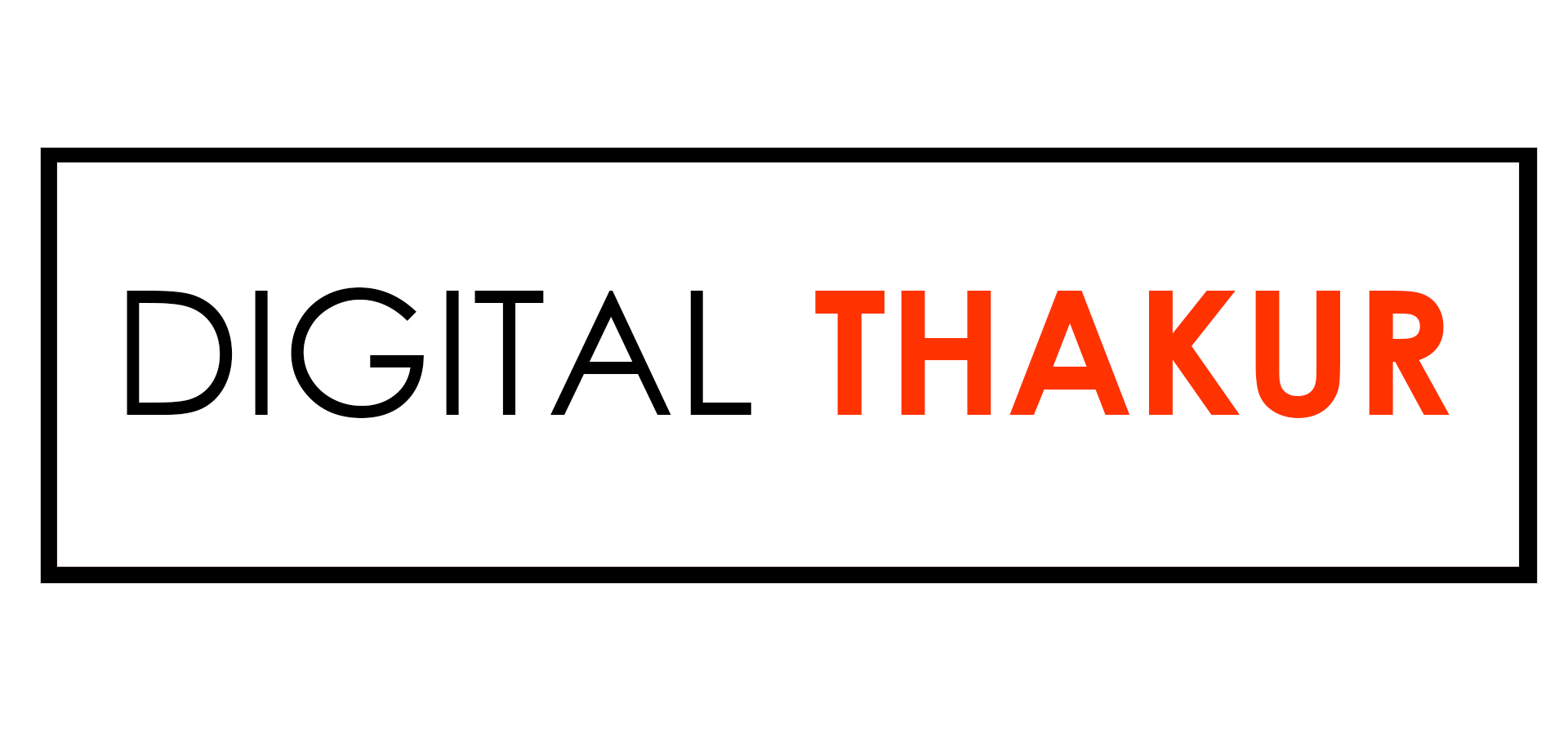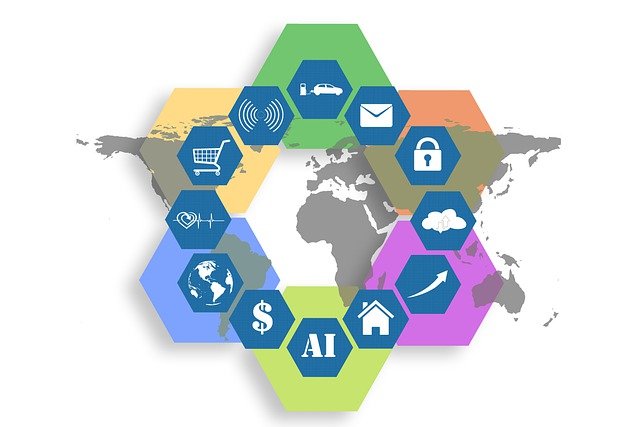AI Marketing Strategy is no more a distant dream, its real and its very much in action. Among all the functions of a company the marketing department is the most to gain out of it.
Marketing’s main job is to understand customer requirement and fulfill those demands in a profitable way. With more and more competition in the market, organizations must not only give customer satisfaction but work towards achieving customer delight. Several research and studies has been done which shows that artificial intelligence would create the greatest value in marketing field.
Marketers are focusing more and more on the AI based tools and technologies. A survey done by AMA (American Marketing Association) has revealed that integrating AI in the company’s core strategies has jumped approx. 30%. IN the year 2020 Deloitte had also done a survey which showed that the most important AI objectives were marketing related i.e. improving existing products and services, developing new products and services, and improving customer relationship.
Before I show you the step by step process of implementing AI marketing strategy, let’s see the current state of AI.
AI in action currently:
A new term is gaining pace i.e. “Programmatic Buying” this is one of the main job that many companies and marketers in particular are using AI for.
Another task is of improving the prediction power (Sales Forecast) also AI is being currently used in augmenting human work that is structured and can be replaced by machines like customer service and customer support centers.
- Chabot are used for lead nourishment
- Customer Support
- Cross selling of products and services
- Upselling
- Inbound call analysis
Marketers can now also use Artificial Intelligence in all the customer journey stages starting from consideration stage, when customer is searching online for their needs. These AI tools can target them and serve ads or your company information which can help your target customer in their search. We can see this example being used by Retail giants like amazon and Flipkart, which uses AI to determine which customer are going to like what product and show them the most possible product that they might buy.
Moving forward in the customer’s buying journey Artificial Intelligence can help in upselling and also cross selling of your products and services for example if a customer bought a camera, the AI would show them various lenses, camera bags etc. AI can also reduce the cart abandon rate by instantly popping up motivating testimonial of someone known to the customer such as “You Got A deal” “ Your friend Raj also bought the same camera” etc.
AI can help in after sales also, organizations can now use third party AI tools like Call Rail, Aqueon, Amelia etc. for customer support which are cost effective and can deal with high volume of service requirements.
There are two main categories in which we can divide the AI based on its intelligence
Automating Repetitive Task (Task Automation):
These AI tools are good in performing repetitive tasks that are structured and require less intelligence. These tools are designed such that they follow a set of predefined rules, or execute a predetermined flow of operations based on a given set of inputs. Best example of these types of AI tools is that of a simple Chabot that is integrated in your website which greets every visitor with a welcome note. These AI tools can give support to customers during basic interactions, it can take customers through a predefined “decision tree”, but they can’t take decision on its own or can learn on its own from interaction with the customers.
Machine Learning Based Tools:
These programs are trained using big data, to make complex predictions ad decisions. These tools can do face recognition, do map recognition and navigation, segment customers and even forecast how customers will respond to different promotions and marketing initiatives. Machine learning is already in use in many sectors like banking and cyber security. Machine learning based AI tools can help in “Programmatic Buying” in digital advertising. Deep learning is the sophisticated version of machine learning, which can propel the use of AI in many other sectors too.
Still this ML and AI are in its nascent stage and works well with narrow jobs and needs to be trained using BIG DATA as well as Good data.
Now let’s see the two types of structures of AI
Standalone AI tools:
As the name suggests these tools can be clearly identified, or singled out. In simple words some standalone apps that marketers can use to help customers in choosing their product. For example a paint making company uses IBM Watson’s NLP (Natural Language Processing) and Tone analyzer capabilities (this tool can even detect emotion in texts) this app can give different colors shades option to the customer which they can use in their space depending on the mood.
Integrated AI marketing strategy tools:
These tools are very much integrated with the existing organization’s system. Some companies that use these kind of integrated AI powered tools and systems like NETFLIX can suggest best list for the viewers based on your preference and past behavior. Even YouTube gives suggestions depending upon the past views. If these tools were not integrated then this smooth flow of information would have not been possible. Other best example is that of the makers of CRM systems like Salesforce which has features like AI based lead scoring system that automatically ranks business to business leads by the probability of purchase.
Now we can very well divide the AI in four Quadrants;
Standalone – Task automation, Standalone- Machine Learning apps, Integrated task automation and Integrated Machine Learning apps.
For the marketers the greatest benefit he can drive if integrated – machine learning system is implemented perfectly in his organization.
To begin with one must test the waters with automated tools and then go for “task automation” with machine learning, where they can get valuable data and customer responses. This data can be used to build more intelligent AI tool which can make more complex decisions and personalize communications.
Time to get going with AI marketing strategy:
The best possible solution for organizations with less resources and low AI experience would be to buy simple rule based Standalone applications. Some companies use this tactics of “Crawl – Walk – Run “ approach. It proves to be correct in many ways too. We must learn from nature, No child starts running the day he is born, so simple we must take small steps to success. Start with a standalone-task automation app for the backend, not for the front end (not yet).
For example set-up an app for the backend customer support team, this AI app can help him/her to interact with the customer. The idea is if something goes wrong he/she being your own employee can handle it and you can rectify the problem.
Once the company gets the knack of it and acquires basic AI skills as well as huge data to play with, now they can start integrating task automation to machine learning. A good example of the same is of lenskart ( a glass for eye company) which helps its sales person curate offers for customers and the tool is based on data provided by similar type of customers with their style preferences, their buying behavior etc.


